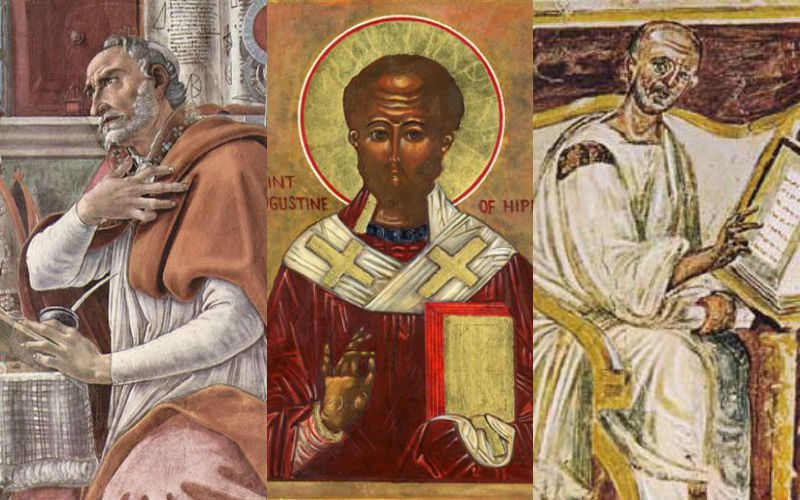Was St. Augustine Black? The Skin Color of the Church's Greatest Theologian

St. Augustine is one of the most important thinkers in the history of the world. Staggeringly brilliant, rhetorically unmatched, and – most importantly – utterly committed to the Gospel of Jesus Christ, Augustine set the tone for Western theology and philosophy for the next millennium and a half – an influence that hasn’t waned to this day. Even St. Thomas Aquinas, his only possible rival in importance, was an Augustinian.
And it’s possible he was black.
Of course, modern conceptions of race are a social construct and so it’s anachronistic to directly apply them backwards in time to the 4th century. And skin color is ultimately accidental – we’re all created in the imago dei as human beings.
But given modern problems of racism, it seems noteworthy that a father of Western scholarship may have been a colored man.
I say “may” because ultimately we don’t know for sure what Augustine looked like exactly. But here’s what we do know:
We know Augustine was born in Thagaste, Numidia, a trading town surrounded by forest in North Africa. So he was African.
While his father was a Roman colonist, it is believed that his mother Monica was Berber, an ethnic group indigenous to North Africa. So he may have had darker skin.
Here’s the earliest known portrait of St. Augustine, from about a century after his death:

Since then, he’s been depicted with a wide range of skin-tones, from darker…

… to fairly light-skinned (he’s in the middle):
Given his ancestry, he probably didn’t look like this last depiction, but where exactly in the spectrum he was besides that, it’s not clear.
Either way, praise God for the gift that the great African saint Augustine was for the whole Church and the world!
[See also: The Saint Who Could Fly: The Astonishing Life of St. Joseph of Cupertino]
[See also: The Demon-Fighter: The Supernatural Life of St. Padre Pio]